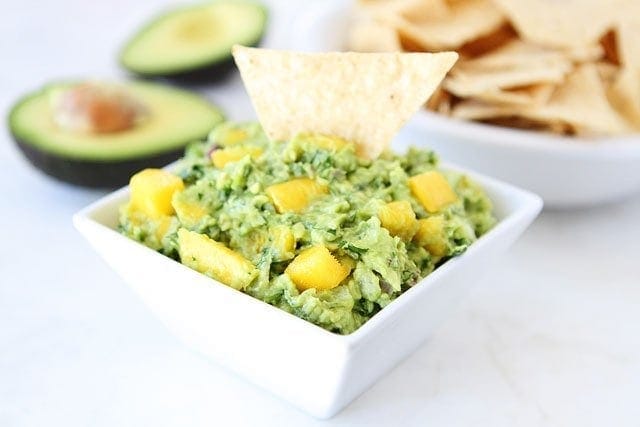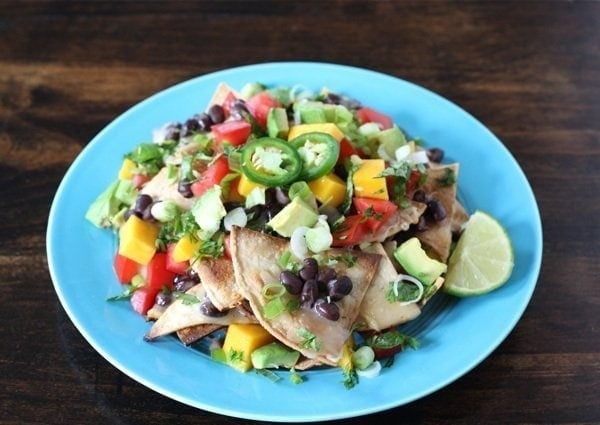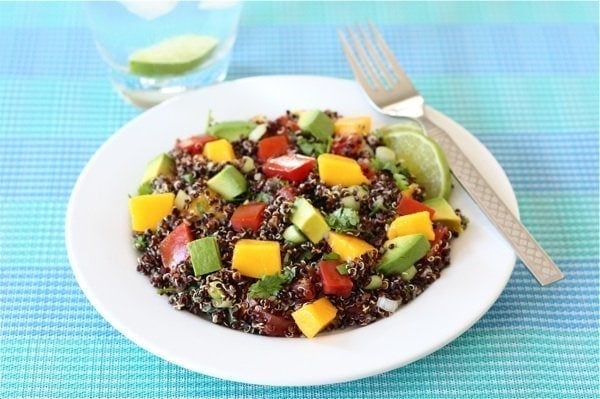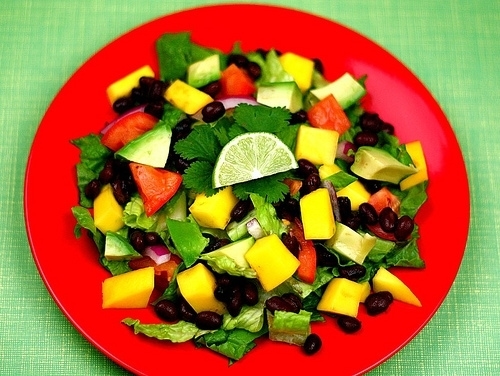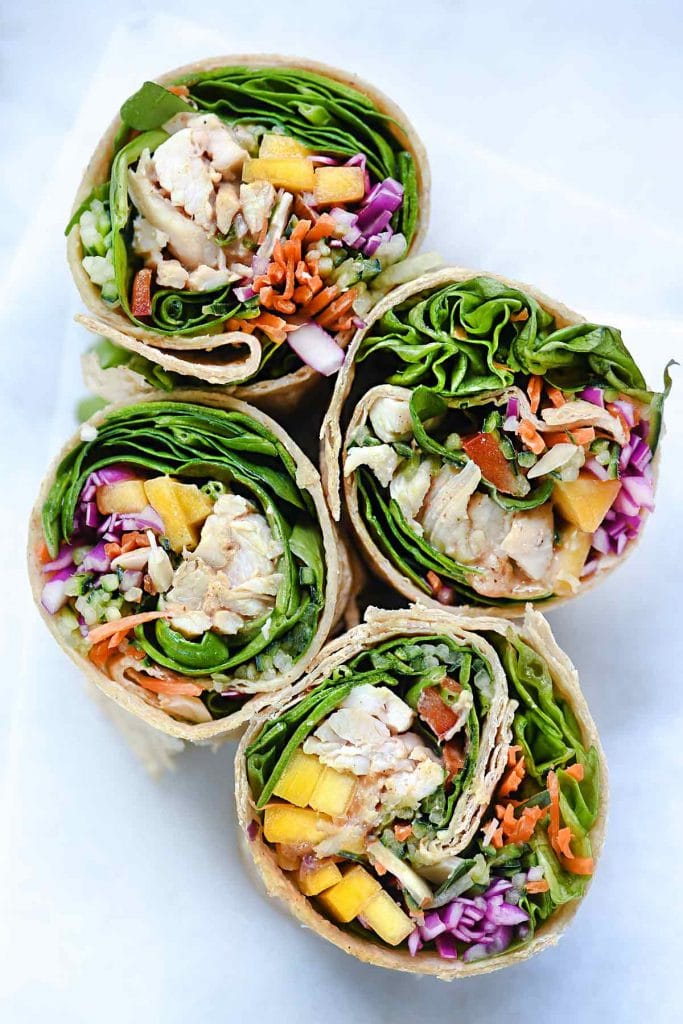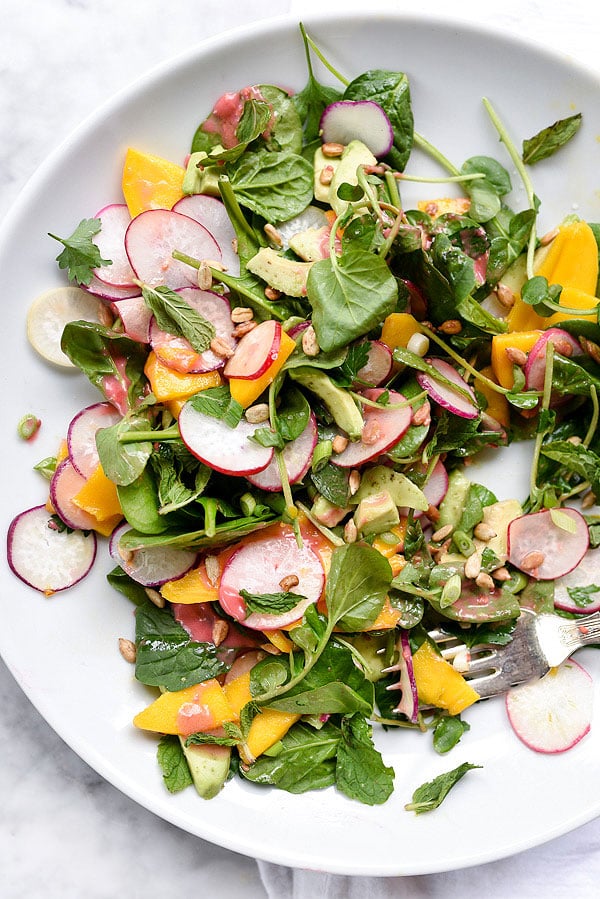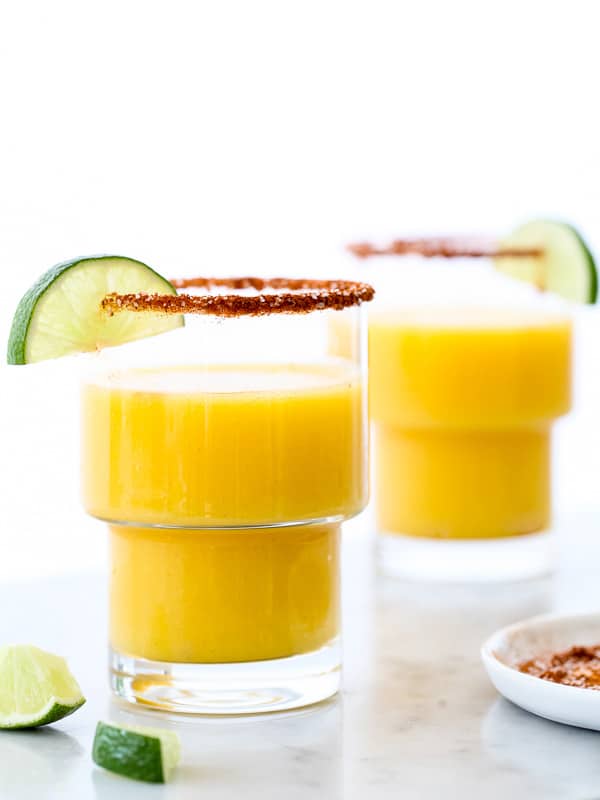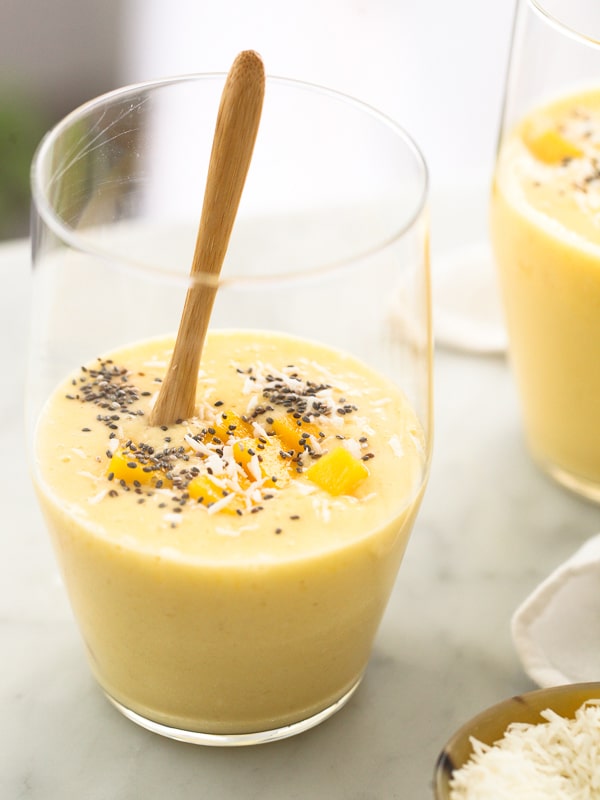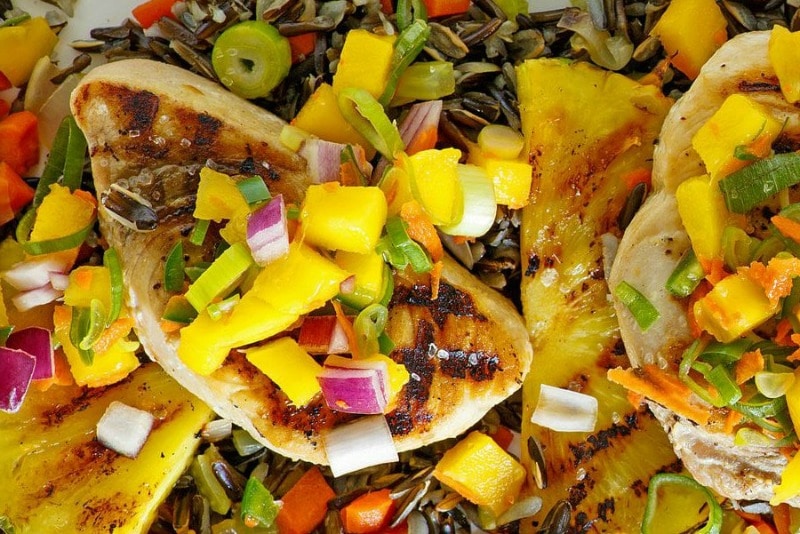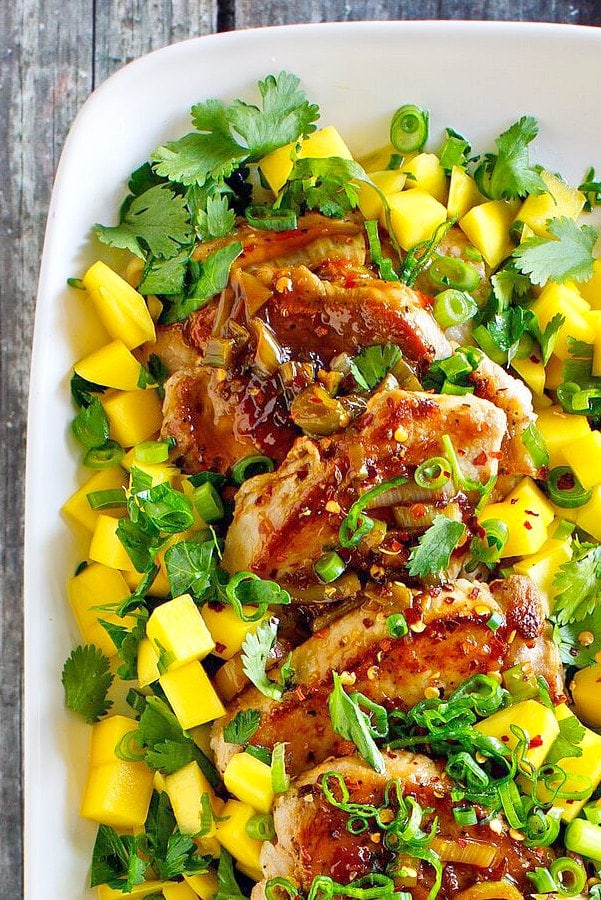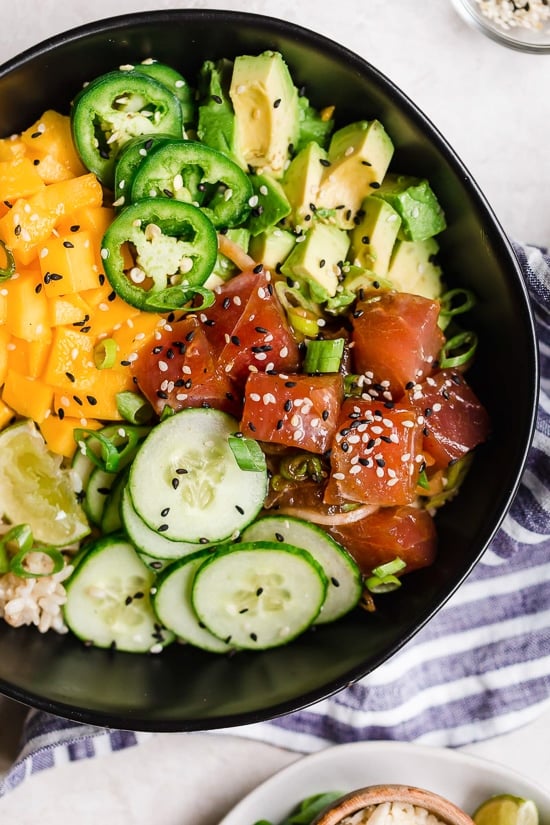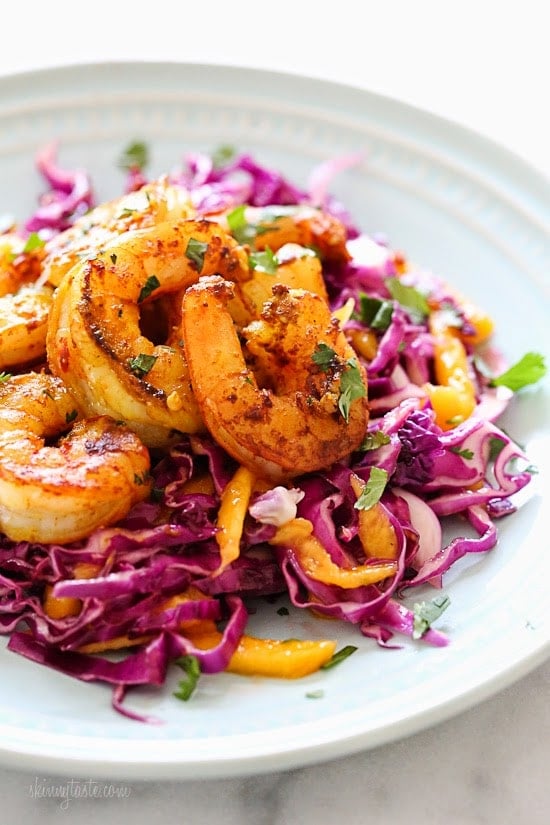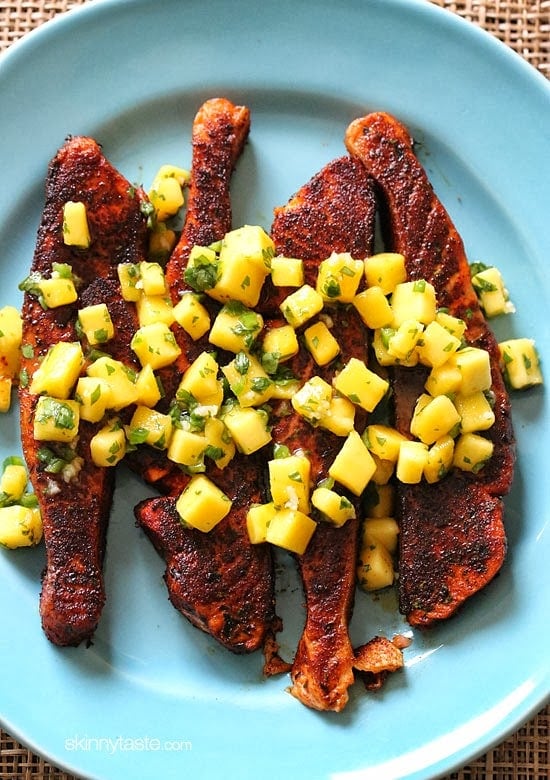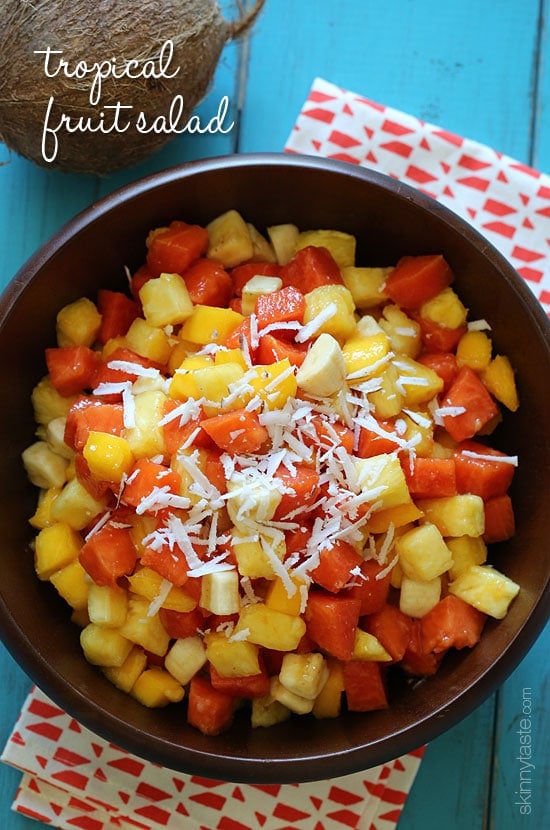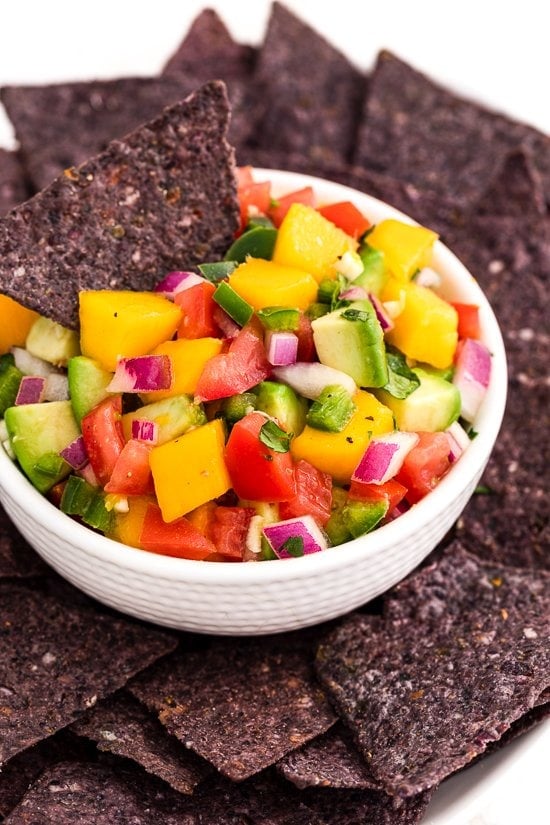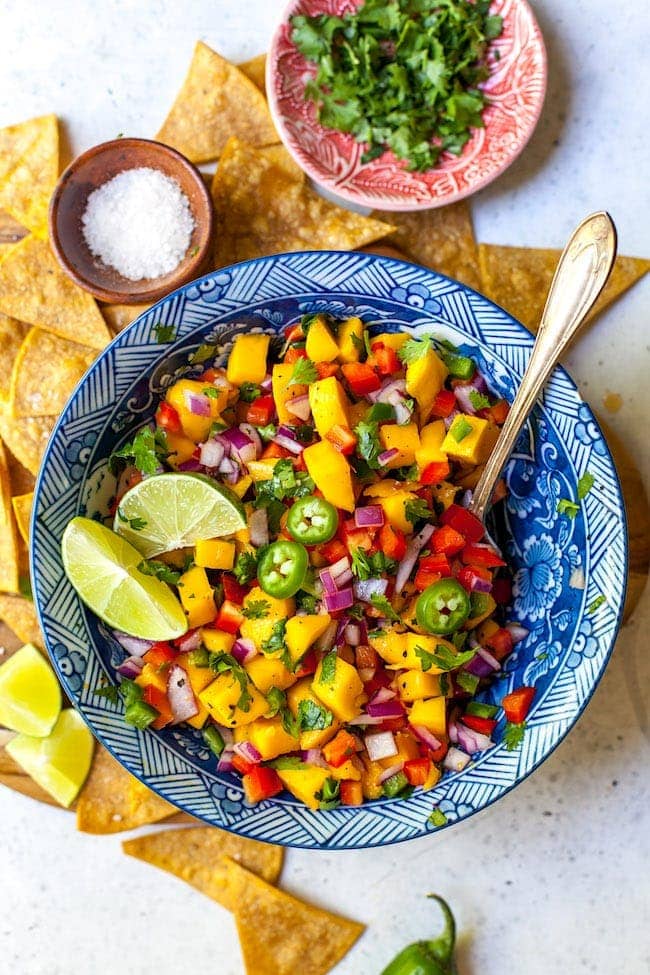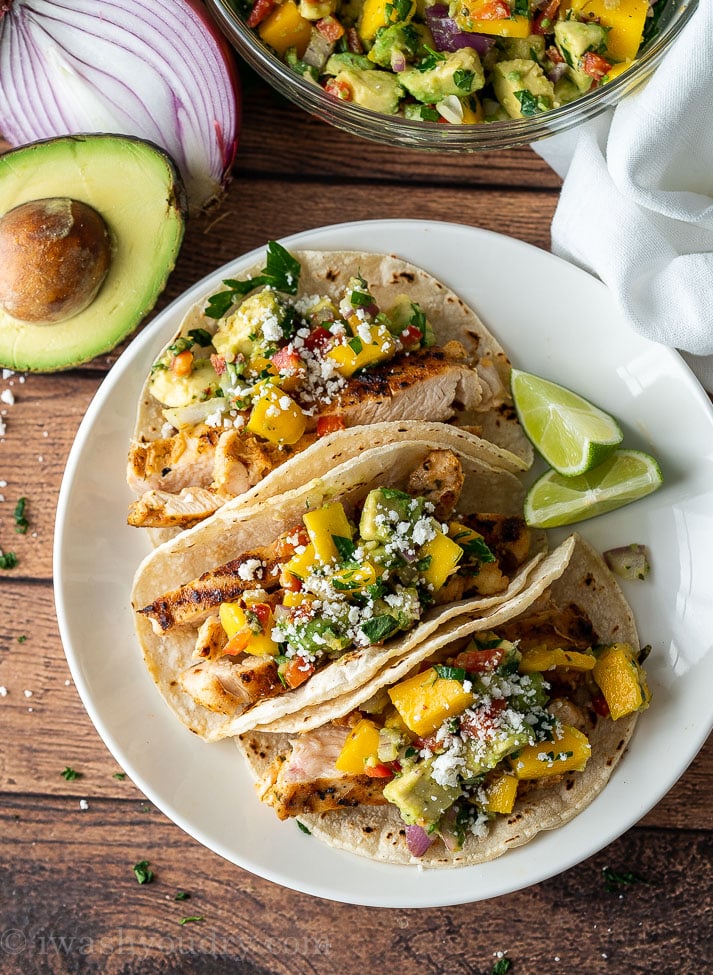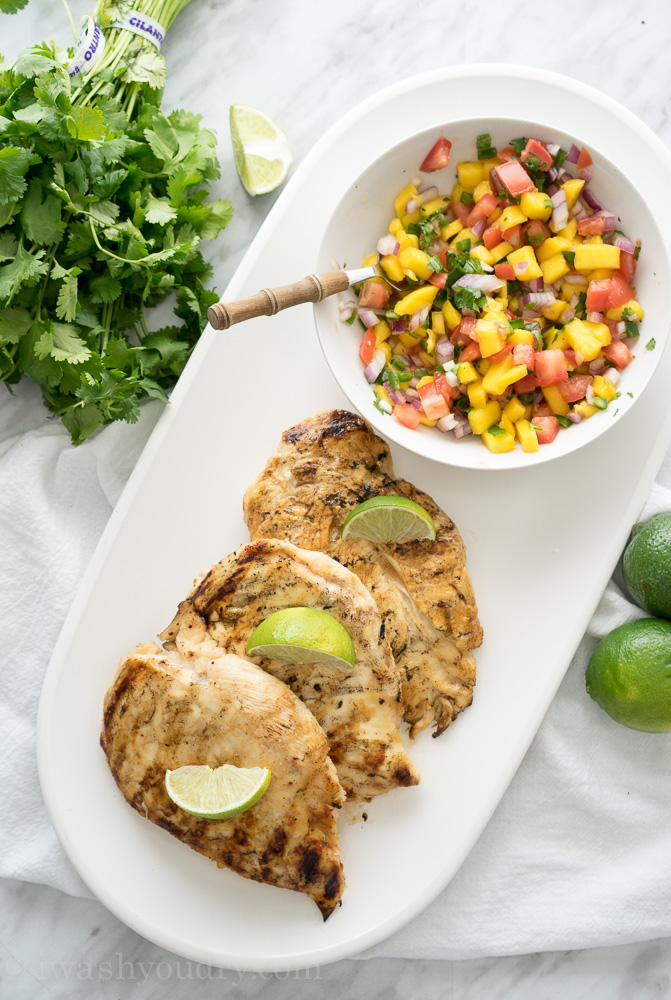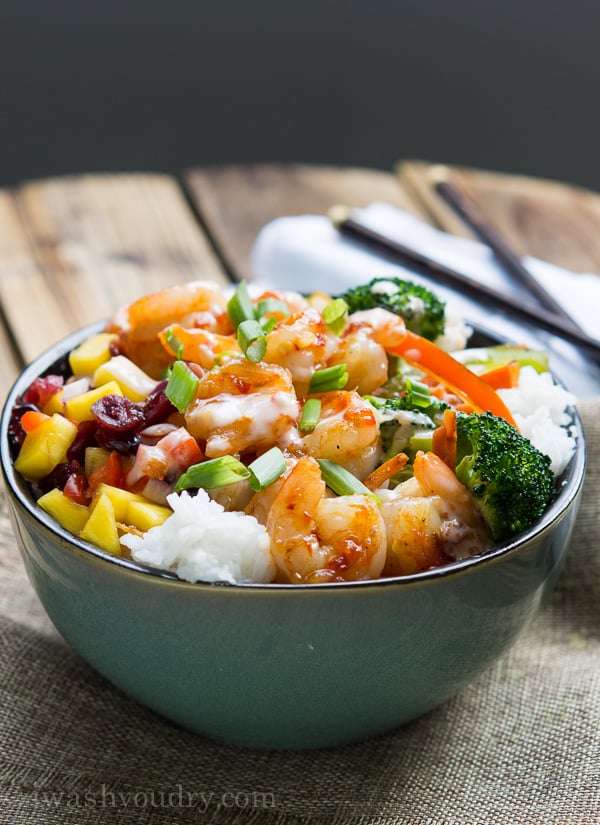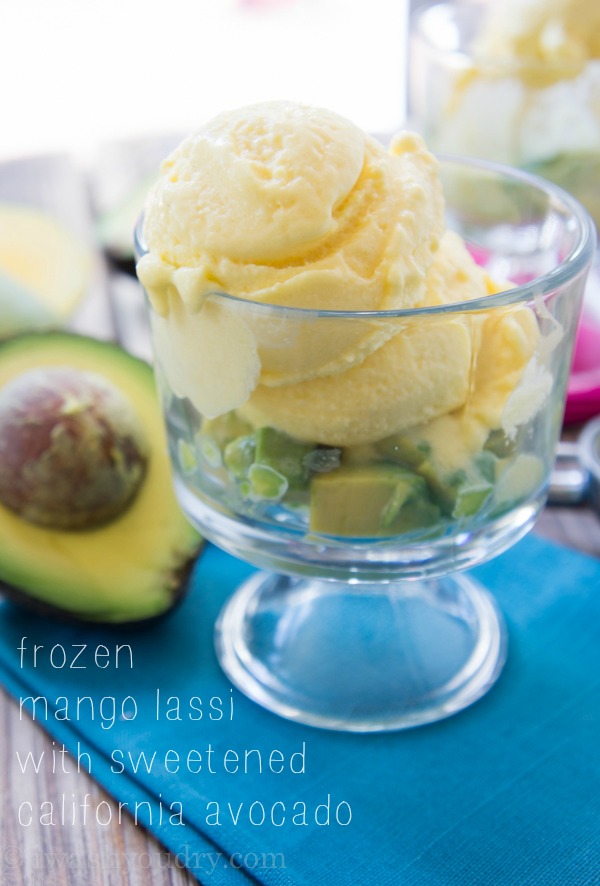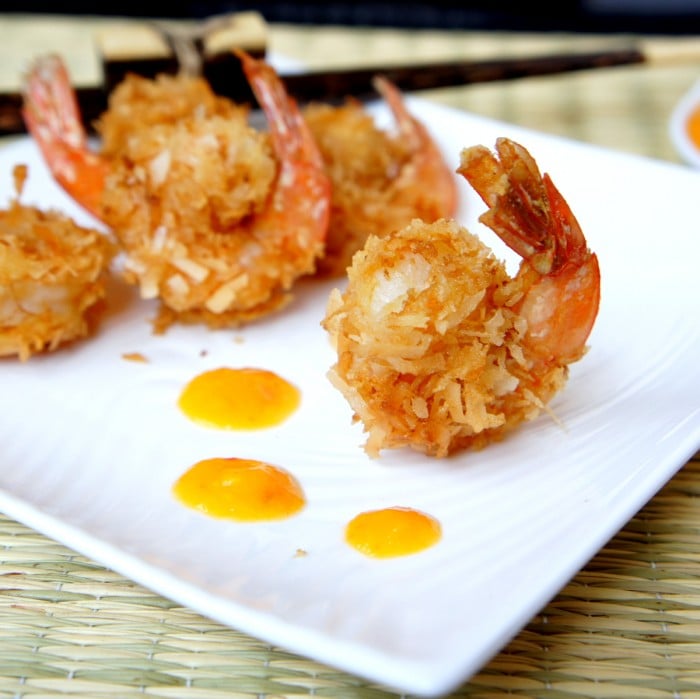Mango: Important Facts, Health Benefits, and Recipes
Explore the health benefits, nutrition, and culinary uses of mangoes in our ultimate guide, and learn how to incorporate this delicious, nutrient-rich fruit into your diet.

Nutritional Facts
1 fruit without refuse
Amount per serving
Calories
201.6
Carbohydrates
50.3 g
Fat
1.3 g
Protein
2.8 g
Saturated Fat
0.3 g
Sodium
3.4 mg
Fiber
5.4 g
Sugar
45.9 g
Best Mango Recipes
-
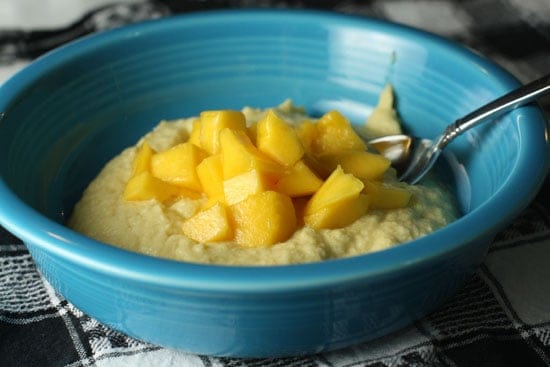
-
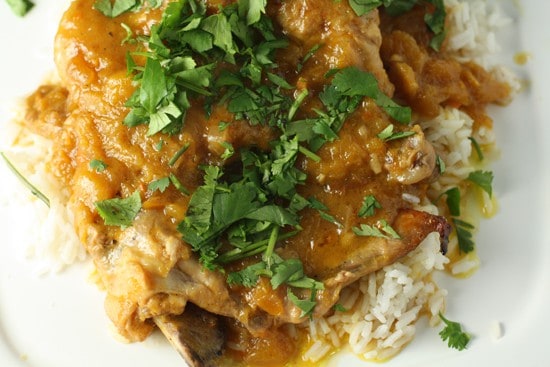
-
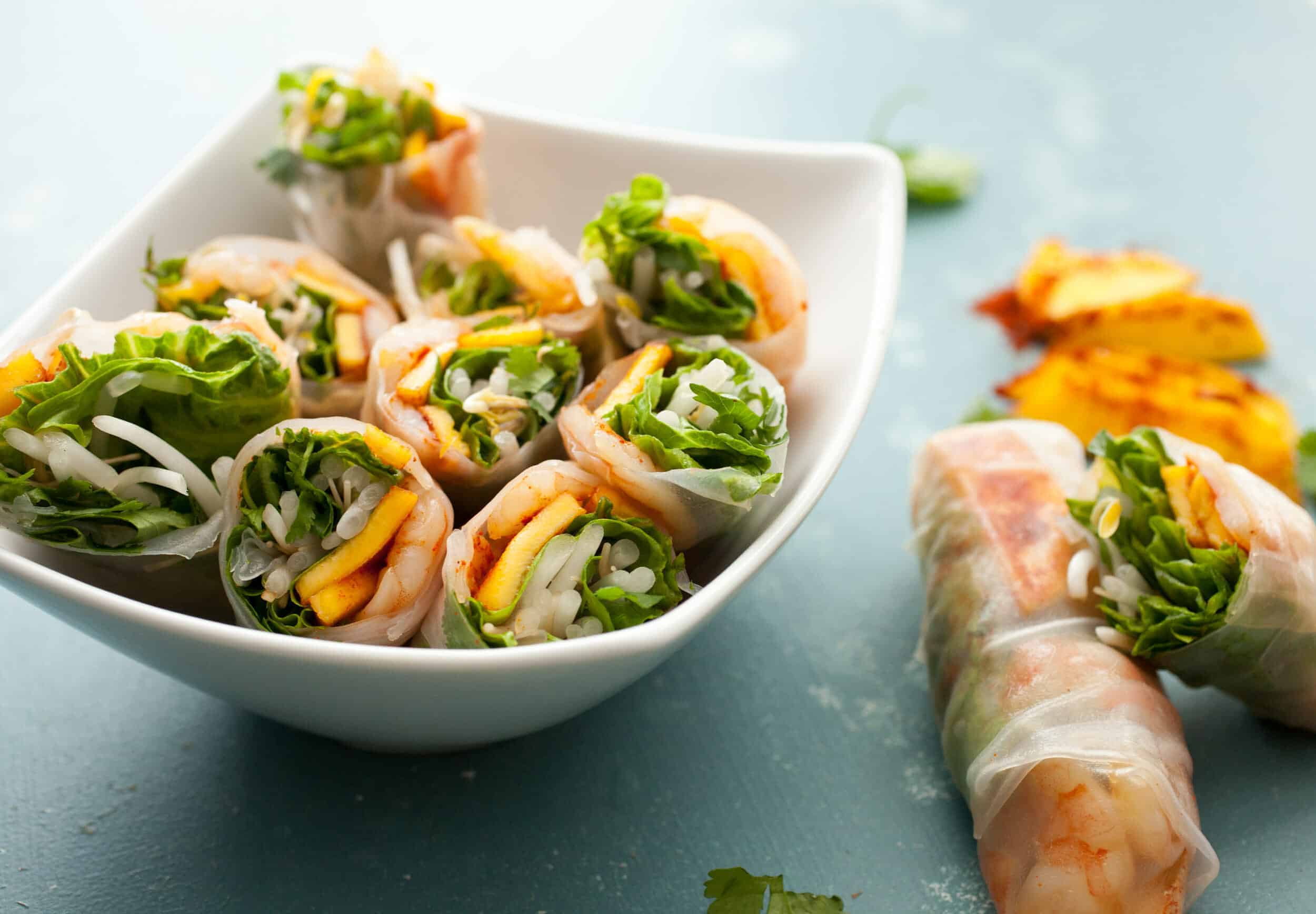
-
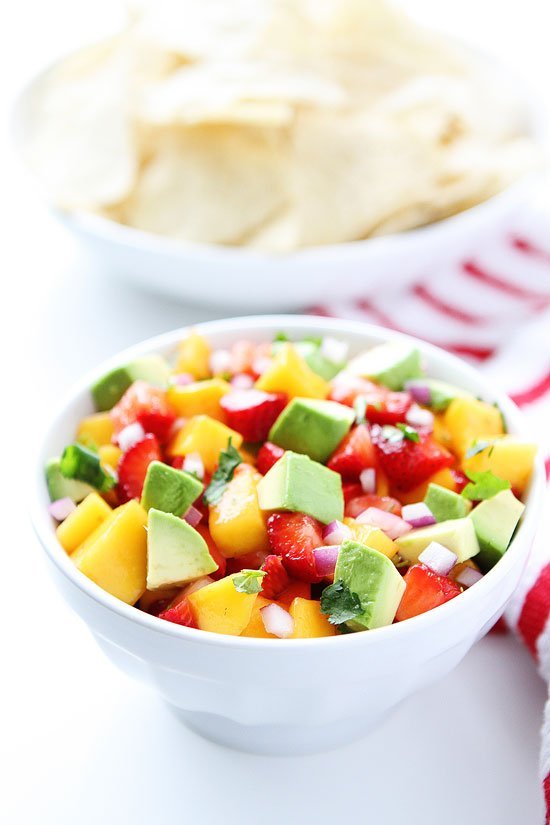
-
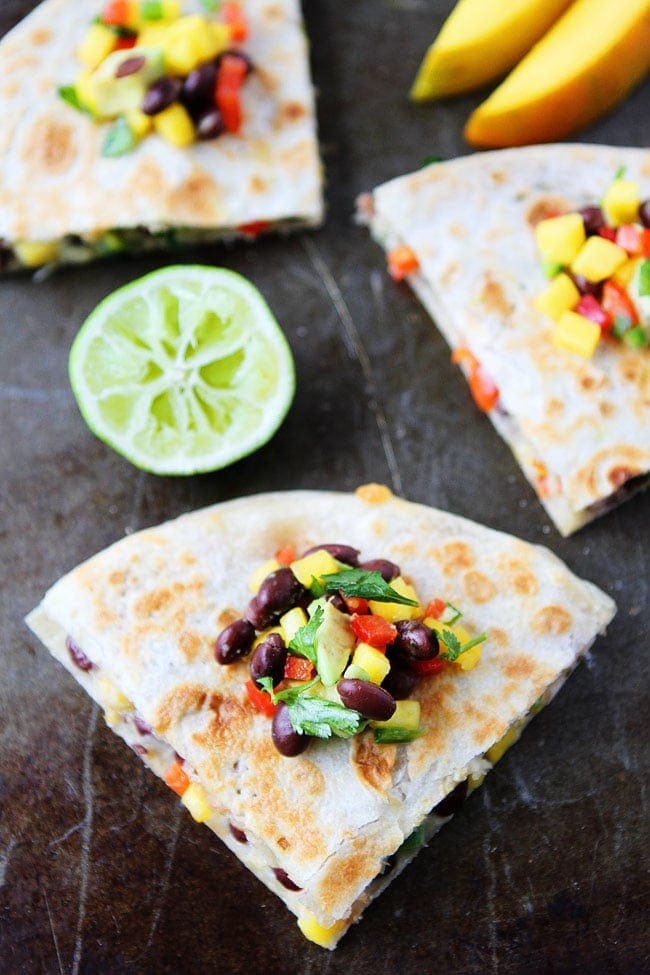
-
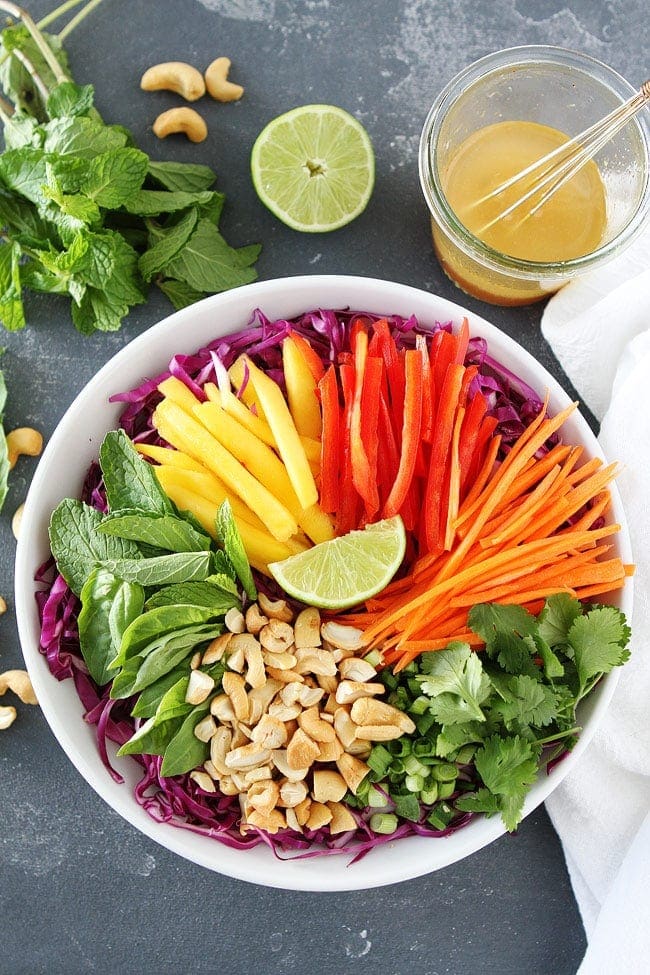
-
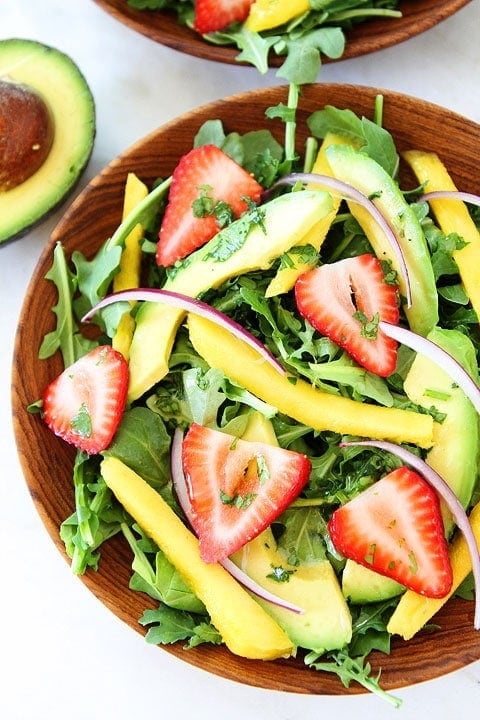
-
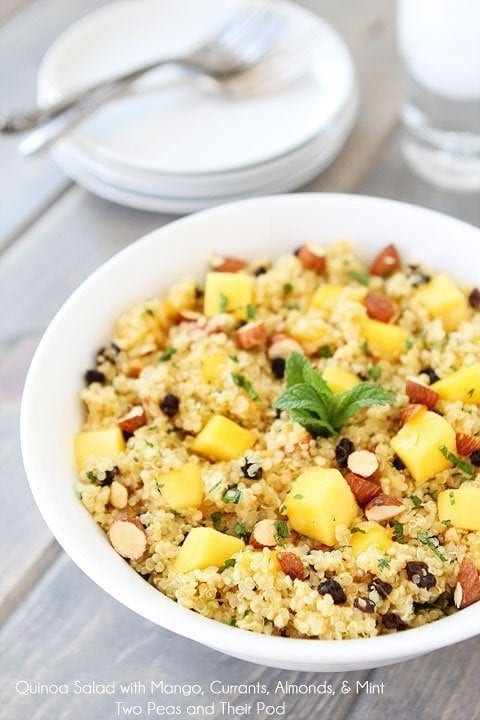
-
![Mango & Cilantro Guacamole Image]()
-
![Grilled Nachos Image]()
-
![Black Quinoa Salad with Mango, Avocado, & Tomatoes Image]()
-
![Black Bean and Mango Tostadas Image]()
-
![Black Bean, Avocado, and Mango Salad with Cilantro and Lime Image]()
-
![Chicken and Mango Rainbow Veggie Wraps Image]()
-
![Cucumber Basil and Watermelon Salad with Love and Lemons Image]()
-
![Mango and Ahi Tuna Poke Salad Image]()
-
![Mango and Avocado Salad With Raspberry Ginger Dressing Image]()
-
![Thai Zucchini Noodle and Quinoa Salad Image]()
-
![Dreamy Creamy Mango Pops Image]()
-
![Mango Margarita with Chile Salt and Lime Image]()
-
![Mango Smoothie Image]()
-
![Mango Gazpacho with Pickled Shrimp Image]()
-
![Grilled Swordfish with Mango Salsa Image]()
-
![Pork Tenderloin with Mango Lime Salsa Image]()
-
![Ahi Poke Bowl Image]()
-
![Summer Mango Stone Fruit Smoothie Image]()
-
![Turmeric-Garlic Shrimp with Cabbage-Mango Slaw Image]()
-
![Blackened Fish Tacos with Cabbage Mango Slaw Image]()
-
![Fruit Pizza Image]()
-
![Blackened Salmon with Mango Salsa Image]()
-
![Grilled Chicken with Black Bean Mango Salsa Image]()
-
![Tropical Fruit Salad Image]()
-
![Slow Cooked Jerk Pork with Caribbean Salsa Image]()
-
![Asian Cabbage Mango Slaw Image]()
-
![Sweet & Fiery Pork Tenderloin with Mango Salsa Image]()
-
![Mango Nut Bread Image]()
-
![Avocado and Mango Salsa Image]()
-
![Mango Lassi Image]()
-
![Mango Salsa Image]()
-
![Grilled Chicken Tacos Recipe Image]()
-
![Mango Margarita Chicken Image]()
-
![Crispy Shrimp Tacos with Mango-Cranberry Salsa Image]()
-
![Homemade Fruity Granola Image]()
-
![Sweet Fire Shrimp Bowl Image]()
-
![Frozen Mango Lassi with sweetened California Avocados Image]()
-
![Southwest Chicken Tacos with Mango Salsa Image]()
-
![Curried Coconut Fried Shrimp & Sweet Mango Chili Sauce Image]()
-
![Mango Upside Down Gingerbread Cake Image]()


